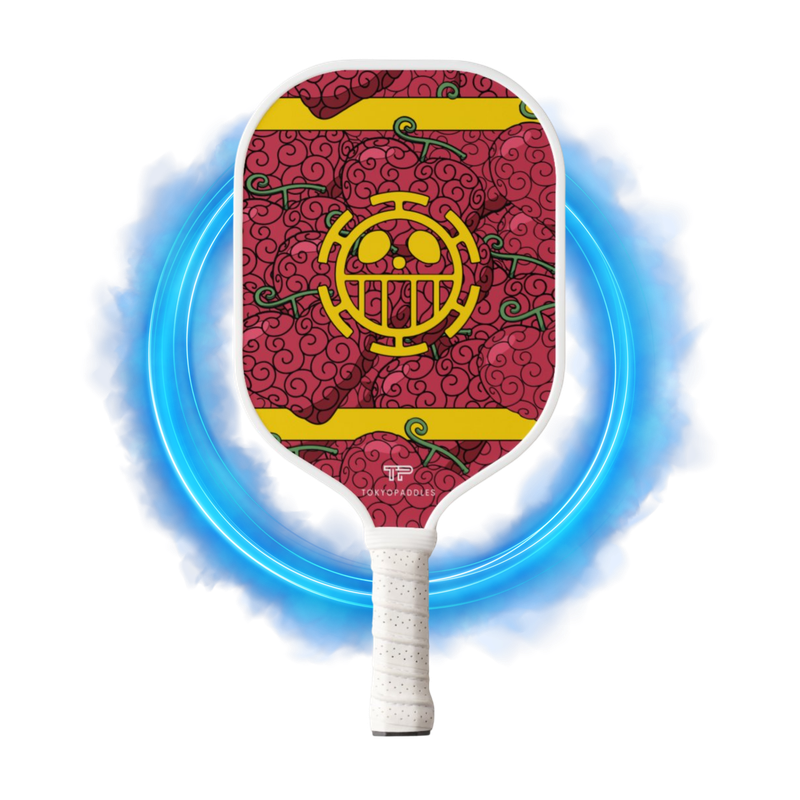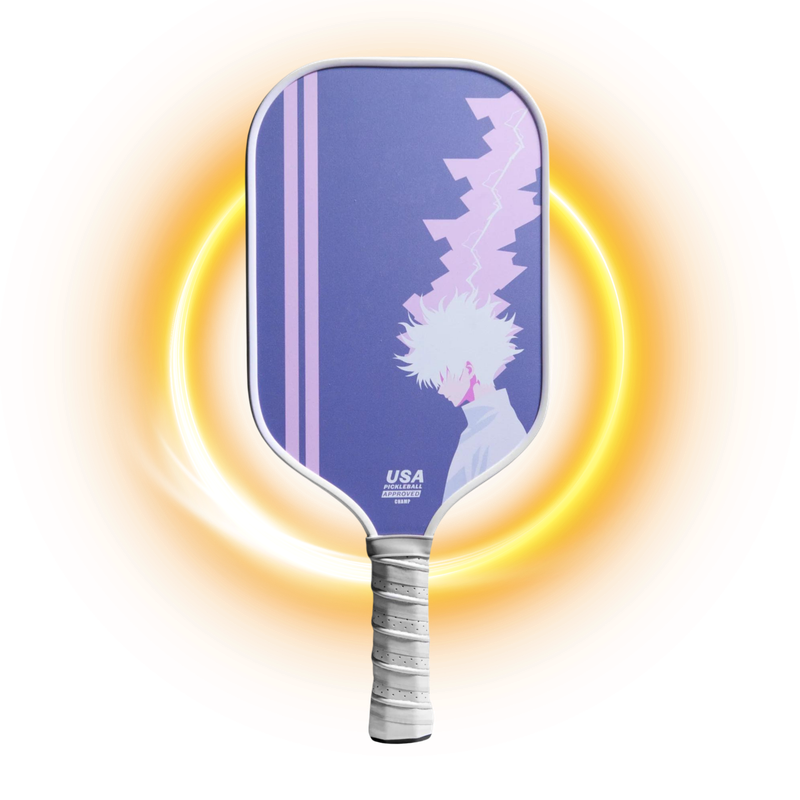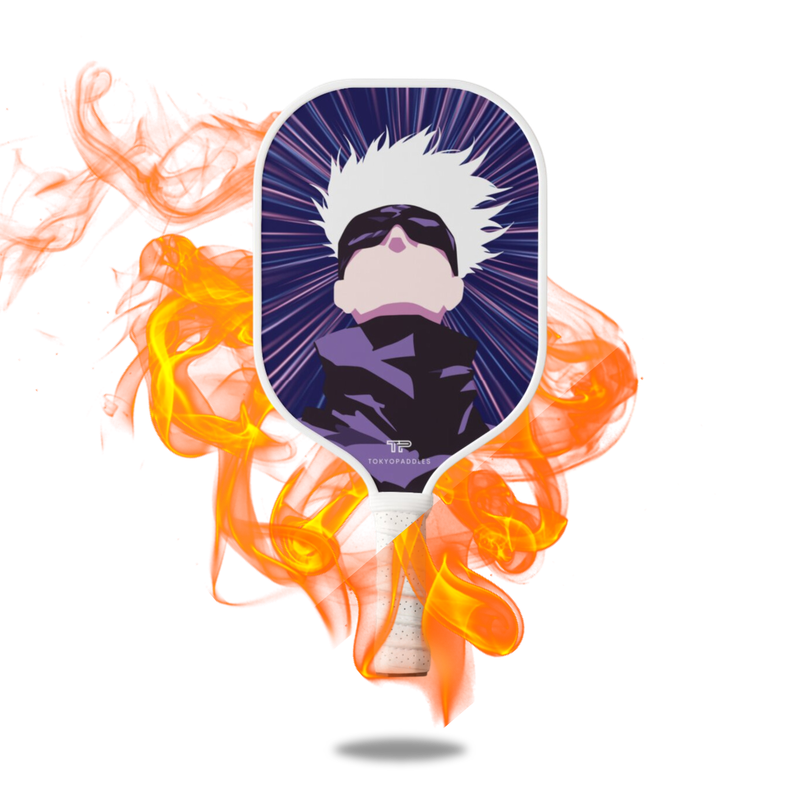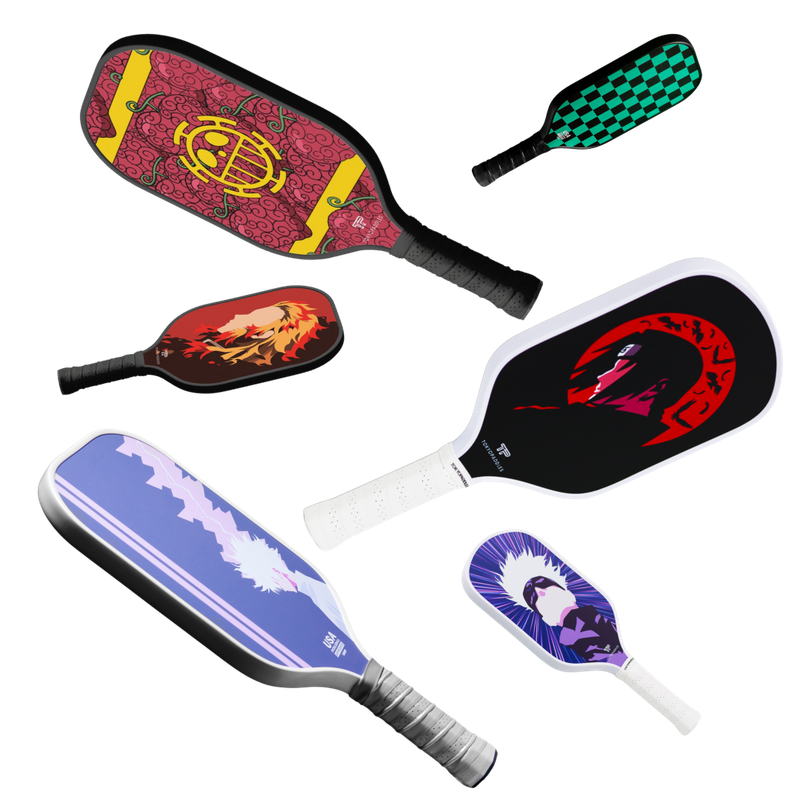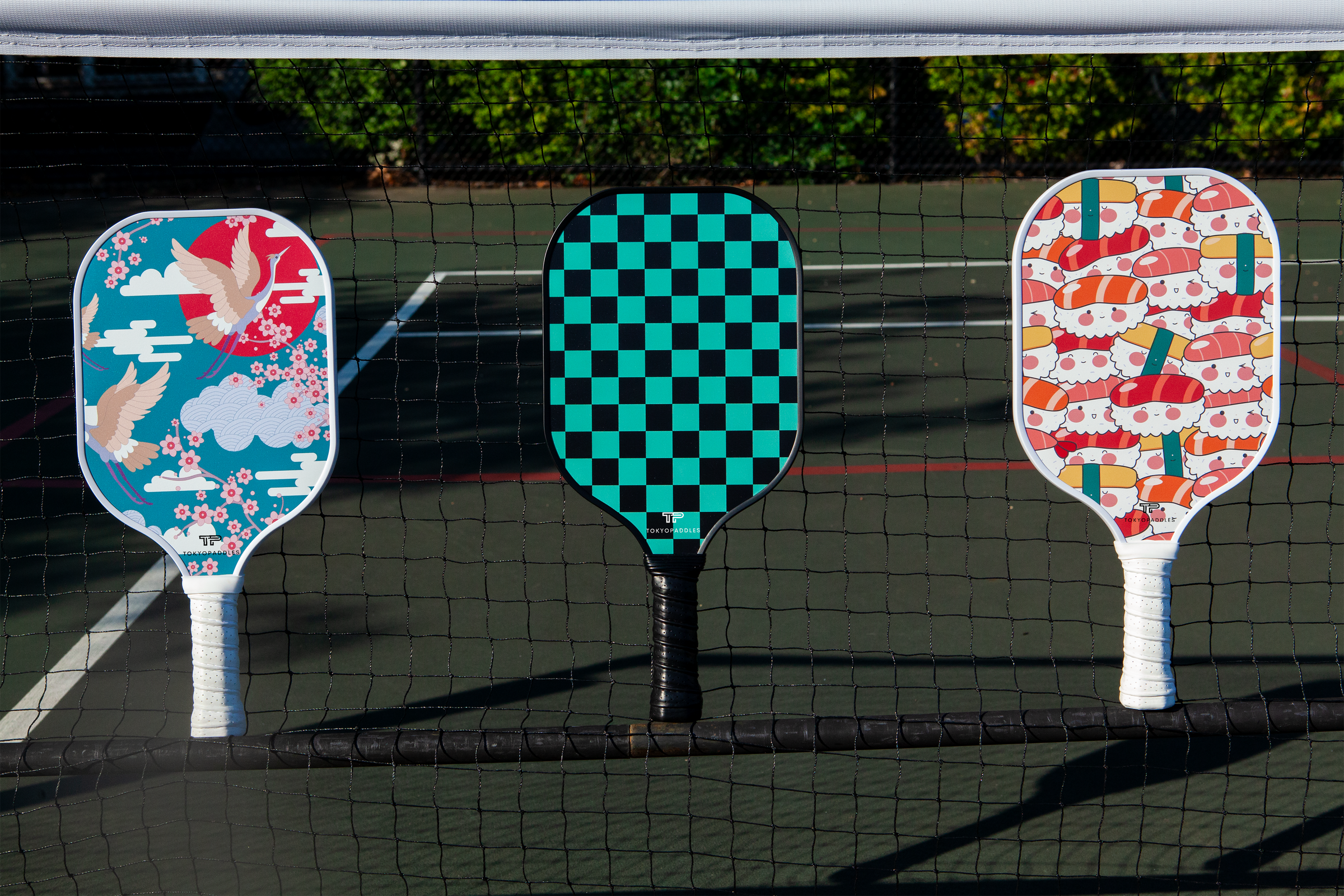The Best Materials for Pickleball Paddles: A Guide
Understanding the Importance of Paddle Composition in Pickleball
Pickleball, one of the fastest-growing sports in the United States, combines elements of tennis, badminton, and table tennis, resulting in a game that can be enjoyed by people of all ages and skill levels. What makes pickleball unique is the special paddles used by players to strike the perforated polymer balls. The material of these paddles plays a crucial role in the performance, durability, and overall enjoyment of the game.
Wood: The Classic Choice
In the early days of pickleball, paddles were primarily made from wood. While heavier than newer materials, wood paddles offer a sense of tradition and affordability that some players appreciate. Despite being cost-effective, wooden paddles are less commonly used in competitive play due to their weight and lower performance level compared to their modern counterparts. However, wood can be a great starting point for beginners who are not yet ready to invest in higher-end paddles.
Composite Materials: The Versatile Option
Composite pickleball paddles have surged in popularity due to their balance of power and control. They are constructed from a blend of materials, typically a combination of fiberglass or carbon fiber with a polymer core. Composite paddles come in various weights and designs, providing players with multiple options to match their playing style.
Fiberglass
Fiberglass, also known as fibreglass, is widely appreciated for its ability to enhance the paddle's power without significantly increasing its weight. Its flexible nature allows for a more significant 'pop' when striking the ball, which can improve the speed and force of shots. This makes fiberglass paddles a favorite among power players who rely on strong, offensive gameplay.
Carbon Fiber
Carbon fiber paddles are on the higher end of the price spectrum but are cherished for their strength-to-weight ratio. Lighter than fiberglass, carbon fiber provides exceptional durability and control. It also results in a more consistent hitting surface, which can lead to more precise shots. Advanced players often prefer carbon fiber paddles for their performance-enhancing qualities.
Graphite: The Elite Standard
Graphite paddles are known for their lightness and stiffness, offering excellent touch and control. Usually constructed with a honeycomb core and a thin graphite surface, these paddles provide a quick response and allow for a high level of finesse. Graphite paddles are particularly suited to players with a soft game approach, as they allow for delicate dinks and precise shots near the net.
Aluminum and Nomex Cores
The core of a pickleball paddle significantly influences its characteristics. Aluminum cores offer a lighter weight paddle with great touch, suitable for players who prioritize control over power. Meanwhile, Nomex, a durable nylon material, creates a denser core that results in heavier and more powerful paddles. Nomex cores can enhance the paddle's lifespan but may generate a louder sound when the ball makes contact. As technology advances, hybrid cores that aim to merge the benefits of various materials are also entering the market.
Choosing the Right Material for Your Play Style
Selecting the right paddle material is largely a personal choice dependent on your play style, skill level, and personal preference. Beginners may opt for wood or composite paddles due to their affordability and versatility. Intermediate players might lean towards composite materials that offer a good balance between power and control. Advanced players often gravitate towards graphite or high-end composite paddles that cater to their technical proficiency and specific game strategies.
Ultimately, the best way to determine the perfect paddle material is to test different types and assess how they complement your movements and shots. Regardless of your choice, the ideal paddle should feel comfortable in your hand, suit your playing style, and enhance your enjoyment of the game. As you grow and evolve as a player, you might find that your preferences shift, leading you to explore new materials that can take your game to the next level. For more information regarding different paddle materials, read here.

